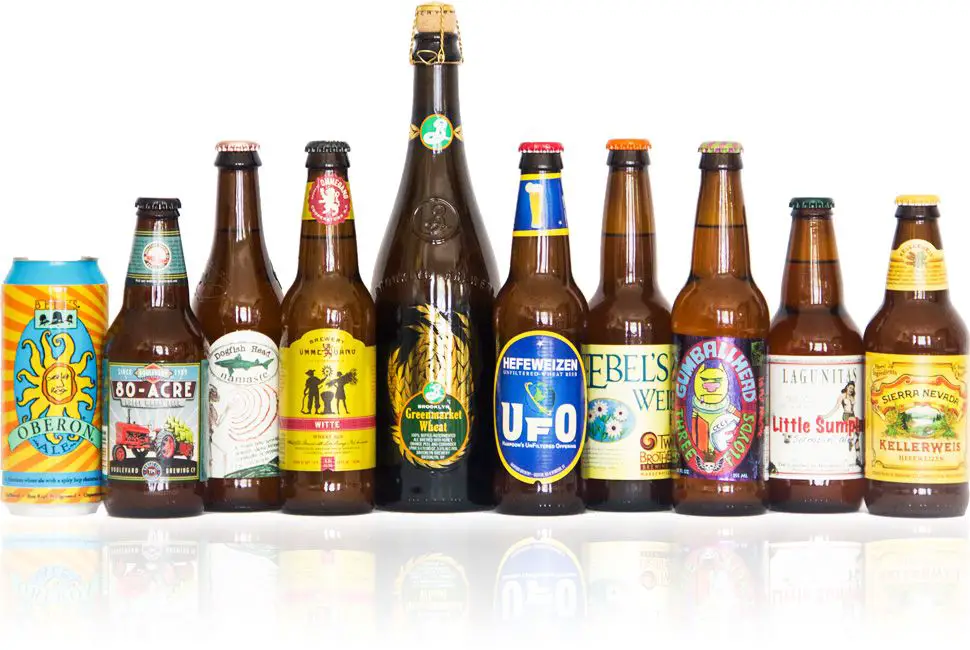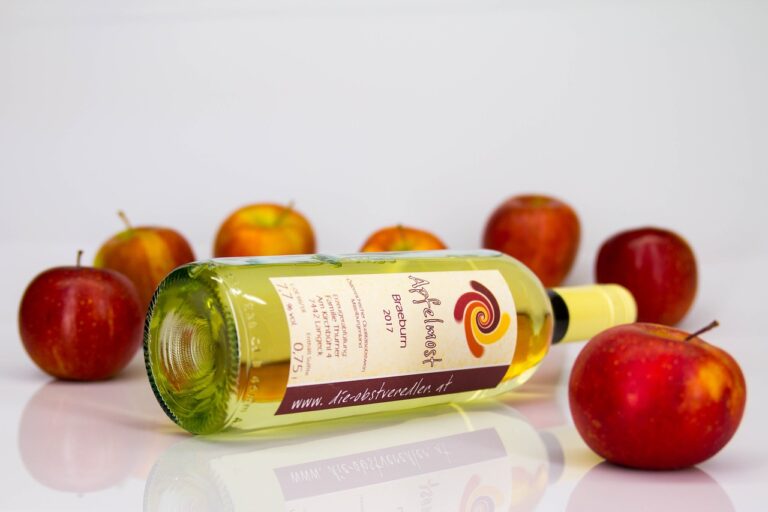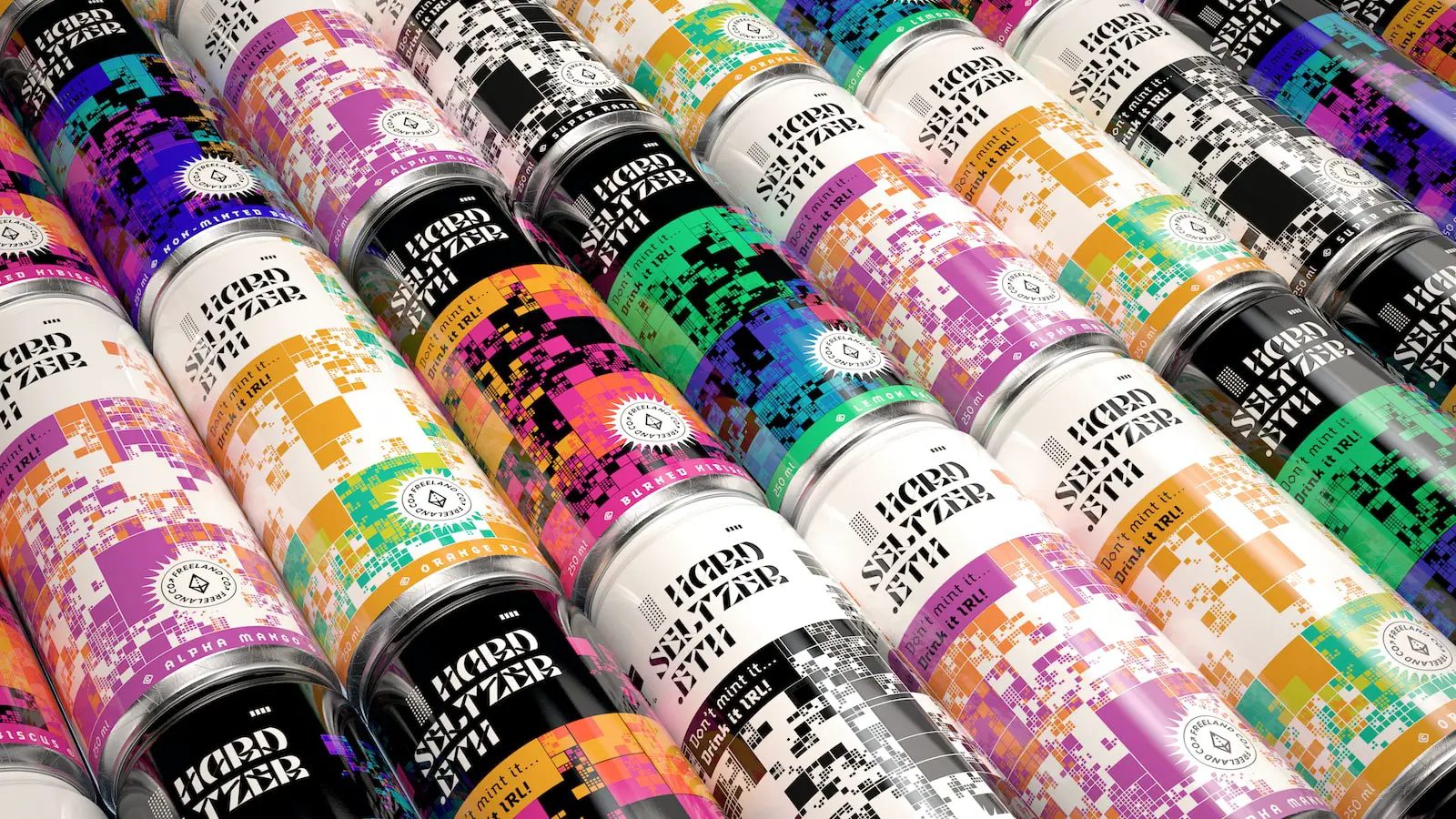Have you ever been out for a few beers with your friends and someone asked what kind of beer you wanted and you just said “lager” as if it was the answer to life, the universe, and everything? Well, maybe not that extreme, but it is an all-encompassing term.
But does lager actually include wheat beer?
The short answer is no, not all lagers are wheat beers.
To understand why this is the case, we’ll have to delve into a slightly longer explanation of the differences between lager and wheat beer.
Don’t worry—it’s not as scary as it sounds! We’ll break it down in simple terms so you can understand what’s really going on with these two types of beer.
Ready to learn something new? Let’s debunk this mystery!
What is a lager?
First, let’s try to understand what lager really is.
A lager is a type of beer that is characterized by its crisp, clean flavor and refreshing qualities.
It is distinguished from other beer styles, such as ales, by the specific yeast strain used and the fermentation process.
Lager yeast, also known as Saccharomyces pastorianus, ferments at colder temperatures, typically between 7 to 13°C (45 to 55°F), which results in a slower, more controlled fermentation.
This cold fermentation process, combined with a longer maturation period, allows the beer to develop a smooth, well-rounded flavor profile.
Lagers can range from light and delicate to robust and malty, depending on the specific style and ingredients used.
Some popular lager styles include Pilsners, Munich Helles, Dortmunder Export, and American adjunct lagers.
With their easy-drinking nature and diverse range of flavors, lagers have become one of the most popular types of beer around the world.
Is lager a wheat beer?
Lager is not typically classified as a wheat beer, as they are distinct styles of beer with different characteristics and ingredients.
The main difference lies in the grains used during the brewing process.
Lagers are primarily brewed using malted barley, which contributes to their crisp, clean flavors and pale-to-amber hues.
In contrast, wheat beers use a significant proportion of malted wheat in their grain bill, which imparts a characteristic hazy appearance, smooth mouthfeel, and often subtle fruity or spicy notes.
Wheat beers, such as Hefeweizens, Witbiers, and American Wheats, are more commonly associated with specific ale yeast strains and fermentation techniques, whereas lagers rely on their unique lager yeast and cold fermentation process.
While both lagers and wheat beers can offer a refreshing drinking experience, their distinct ingredients, brewing methods, and flavor profiles set them apart as separate beer styles.
Main Differences Between Lager & Wheat Beer
Here are the main differences between lager and wheat beer:
Grain composition
Lagers are primarily brewed using malted barley, while wheat beers contain a significant proportion of malted wheat in their grain bill.
Yeast strains
Lagers use a specific lager yeast strain (Saccharomyces pastorianus) known for fermenting at colder temperatures, while wheat beers often employ ale yeast strains that ferment at warmer temperatures.
Fermentation temperature
Lager fermentation occurs at colder temperatures, typically between 7 to 13°C (45 to 55°F), resulting in a slower, more controlled process.
Wheat beers, on the other hand, ferment at warmer temperatures, similar to ales.
Flavor profile
Lagers are characterized by their crisp, clean flavors, whereas wheat beers often exhibit a smooth mouthfeel and subtle fruity or spicy notes due to the presence of wheat and their specific yeast strains.
Appearance
Lagers usually have a clear, pale-to-amber hue, while wheat beers are often hazy or cloudy in appearance, mainly because of the higher protein content from the wheat and the suspended yeast.
Brewing techniques
Lagers undergo a longer maturation period, which contributes to their smooth flavor profile, whereas wheat beers typically have a shorter fermentation and maturation time.
These differences highlight the distinct characteristics and brewing methods that set lager and wheat beer apart as separate beer styles.
FAQs
What is the difference between lager and wheat beer?
The main differences lie in the grains used, yeast strains, fermentation temperatures, flavor profiles, and appearance.
Lagers use primarily malted barley and lager yeast fermented at colder temperatures, while wheat beers contain a significant proportion of malted wheat and are fermented with ale yeast strains at warmer temperatures.
Is lager or wheat beer more alcoholic?
The alcohol content can vary greatly depending on the beer style and brewing process.
Generally, both lager and wheat beer styles can range from low to high alcohol content.
It’s essential to check the specific beer’s alcohol by volume (ABV) for a more accurate assessment.
How should lagers and wheat beers be served?
Lagers are best served chilled, typically between 4 to 7°C (40 to 45°F), while wheat beers are generally served at slightly warmer temperatures, around 4 to 10°C (40 to 50°F).
Glassware can also enhance the beer’s aroma and flavor; lagers are often served in Pilsner glasses, whereas wheat beers are typically served in Weizen glasses.
Can I use lager yeast to brew a wheat beer or vice versa?
While it’s possible to experiment with different yeast strains, using lager yeast for a wheat beer or ale yeast for a lager may alter the beer’s traditional flavor profile, mouthfeel, and fermentation characteristics, potentially creating a hybrid or unique beer style.
How long does it take to brew lager and wheat beer?
Lagers usually have a longer fermentation and maturation period compared to wheat beers. Lager fermentation can take 2 to 3 weeks, followed by a maturation period of 4 to 12 weeks.
Wheat beers, on the other hand, typically have a shorter fermentation period of 1 to 2 weeks and may require only a brief maturation time.
Are lagers always light in color and wheat beers always hazy?
While many lagers are light in color, there are darker styles like Schwarzbier and Bock. Similarly, not all wheat beers are hazy; some examples, like German Kristallweizens, are filtered to achieve a clear appearance.
The color and haze level depends on the specific beer style and brewing techniques.










